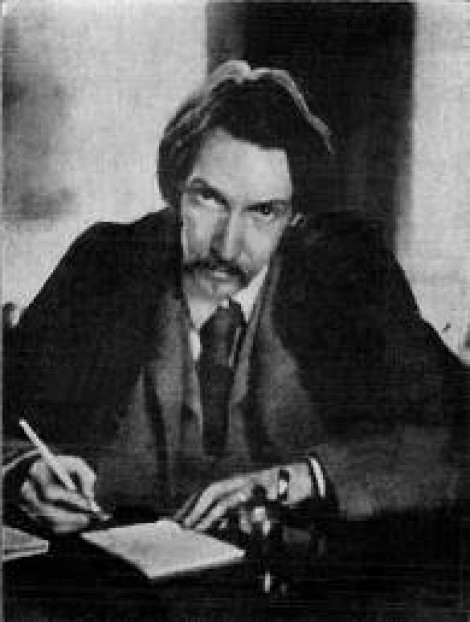STEVENSON, Robert Louis
“I kept always two books in my pocket, one to read, one to write in.”
Robert Louis Balfour Stevenson died when he was still a relatively young man, and his literary career only lasted a scant 20 years, yet in that time he wrote not only a considerable number of books, but he also covered a wide range of genres, including essays, travel writing, short stories, novels and romances as well as poetry, plays and biography. From an early age he discovered a love of travel, which was to last his entire life – his first successful publications were about his journeys in France and Belgium, and his sense of adventure permeates much of his fiction. The 1880s were a particularly significant decade in Stevenson’s life – he married the love of his life, Fanny Osbourne, and he wrote some of his most important and enduring popular fiction, most notably Treasure Island (1883), Kidnapped (1886), The Strange Case of Dr Jekyll and Mr Hyde (1886) and The Black Arrow (1888). The ill health he had suffered since childhood meant he spent much of this period bedridden, but in 1888 he decided to follow the advice of his physician and try a change of climate. The following two years therefore saw the Stevenson family travelling around the Pacific Ocean Islands, before finally settling on Samoa, where he built an estate in Vailima. His writing now had a general flavour of the South Seas, he became involved with island politics and in 1892 he published a damning indictment of the English interference in the islands in A Footnote to History. He died suddenly from a probable stroke when only 44 and was buried on Mount Vaea, Upolu.
Stevenson was an important Scottish author, whose works were popular in his own lifetime, and their popularity has only increased over the years, with many of his novels and poems having been reproduced in illustrated formats by the foremost illustrators of the day
Add to favourites



